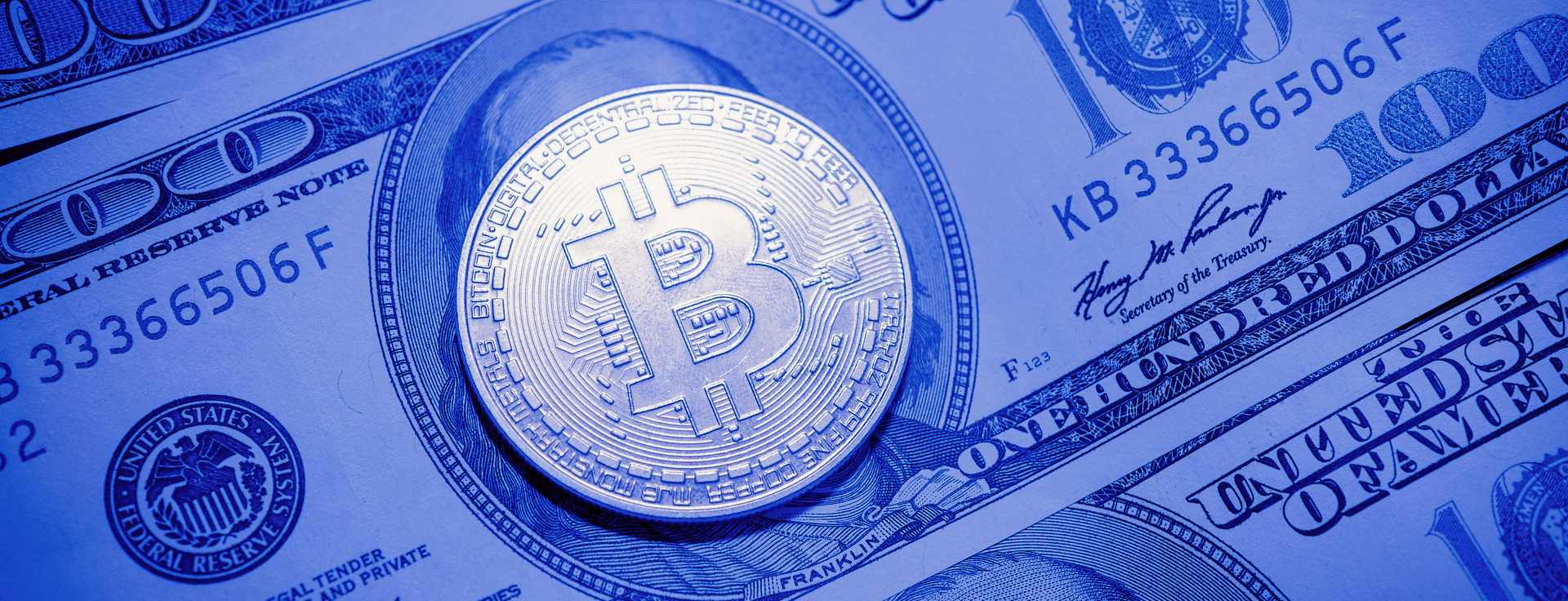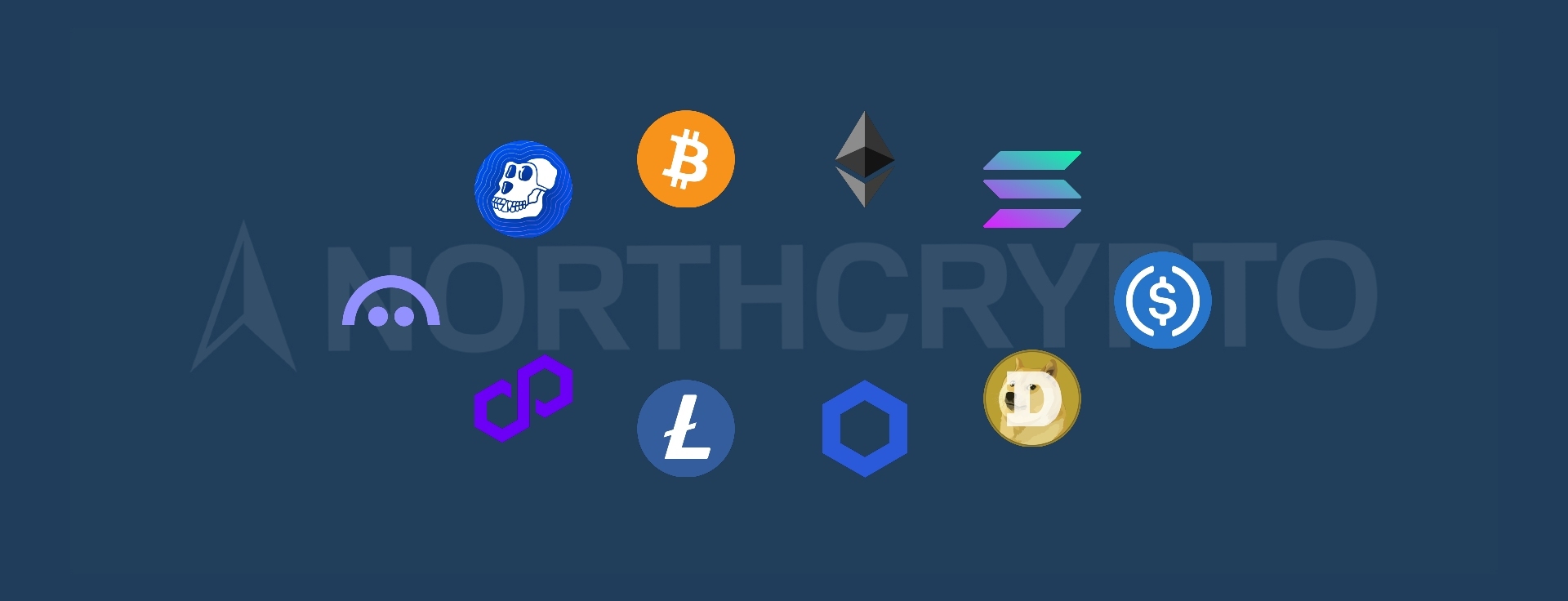
Should Bitcoin’s price currently be 0 euros, 50,000 euros, or 500,000 euros? In this blog post, we will explore four popular Bitcoin valuation methods that can be used to assess Bitcoin’s value.
Bitcoin Valuation Methods
There are several relatively accurate, functional, and established valuation methods for traditional asset classes, such as stocks or bonds. In the case of Bitcoin, valuation is more challenging compared to many traditional asset classes. For this reason, no single effective method has been found for valuing Bitcoin that has gained significantly more popularity than others. In this text, we will go through four of the most popular Bitcoin valuation methods: the production cost model, Stock-to-Flow, Metcalfe’s Law, and the TAM model.
Production Cost Model
Bitcoin’s value can be assessed based on its production costs. While fiat currencies, such as the euro or the US dollar, are created with virtually no cost, bitcoins are created through a demanding mining process. In the case of Bitcoin, production costs refer to mining costs.
Over the long term, the cost of mining one bitcoin tends to be quite close to Bitcoin’s price. Over the long term, mining costs can also be seen as a sort of floor price for Bitcoin, as Bitcoin’s price has not stayed below mining costs for extended periods in its history. This is partly explained by the correlation between Bitcoin’s price and the total computational power used for Bitcoin mining, or hashrate, as well as the competitive environment of Bitcoin mining, where less efficient miners are forced to cease operations.
The cost of mining one bitcoin can be calculated using different methods. In this text, we use the method from the MacroMicro website, where the average cost of mining a bitcoin is calculated based on electricity consumption and the number of bitcoins mined. As of August 2024, this mining cost is slightly over 70,000 euros on average. Since Bitcoin’s price in August 2024 is below the mining cost, this implies that in the near future, one or both of the following may occur: A) The number of miners decreases. B) Bitcoin’s price rises above the mining cost.
Stock-to-Flow
Stock-to-flow is a method particularly used for valuing commodities like gold and silver. In Stock-to-flow, stock refers to the circulating supply of an asset, while flow refers to the amount by which the circulating supply grows annually. Since Stock-to-flow looks at the circulating supply (stock) and the annual growth of that supply (flow), it focuses on assessing the scarcity of the asset. The Stock-to-flow method results in a ratio, which is calculated as follows:
Circulating supply (stock) / Annual growth of the circulating supply (flow)
Let’s calculate Bitcoin’s Stock-to-flow ratio. As of August 2024, there are approximately 19,740,000 bitcoins in circulation (stock). After the Bitcoin block reward halving in April 2024, about 164,250 bitcoins are mined annually (flow). Therefore, the Stock-to-flow ratio is:
19,740,000 / 164,250 ≈ 120
This ratio has an interesting practical implication because Stock-to-flow indicates how many years it would take at the current rate of growth (flow) to reach the current amount in circulation (stock). Currently, in Bitcoin’s case, it would take about 120 years, according to the Stock-to-flow ratio.
Next, let’s look at the Stock-to-flow ratio of the world’s most well-known store of value, gold. Using end-of-2023 figures from the World Gold Council, the Stock-to-flow ratio for gold is:
212,582 / 3,646 ≈ 58
The higher the Stock-to-flow ratio, the scarcer the asset under consideration. Thus, based on the Stock-to-flow ratio alone, Bitcoin is currently about twice as scarce as gold. According to Stock-to-flow, higher scarcity should lead to a higher price. However, when looking at market caps in August 2024, the situation is that gold’s market cap is about 15 trillion euros, which is about 15 times higher than Bitcoin’s market cap of approximately 1 trillion euros. Market cap is the price of the asset multiplied by the number of units in circulation (e.g., Bitcoin’s market cap = Bitcoin’s price * number of bitcoins in circulation).
Different price models can be derived from the Stock-to-flow ratio using various multipliers and logarithmic or exponential functions. You can read more about this in the Medium article by PlanB, who developed the Stock-to-flow method.
Metcalfe’s Law
Metcalfe’s law is a model primarily used for valuing communication networks but can also be applied to networks utilizing blockchain technology, such as Bitcoin. According to Metcalfe’s law, the more users a network or technology has, the more attractive and valuable it becomes. This can result in rapid adoption and popularity growth for new technologies (such as the internet and social media platforms), as people are more likely to join and use networks and technologies with a large number of users.
According to Metcalfe’s law, the value of a network is proportional to the square of the number of users (n²). For example, take a network with 10 users. According to Metcalfe’s law, the network’s value would be proportional to the square of the number of users, i.e., 10 * 10 = 100. If the number of users doubles to 20, the network’s value would quadruple to 20 * 20 = 400. Thus, according to Metcalfe’s law, the network’s value grows more with each new user.
Metcalfe’s law has held relatively well regarding the growth of Bitcoin’s network users and Bitcoin’s market cap throughout Bitcoin’s history. This is evident, for example, when looking at how Bitcoin’s market cap has developed over the period when the number of Bitcoin addresses last doubled. In August 2024, the situation is that the number of Bitcoin addresses (with bitcoin holdings) has doubled (from about 26 million to about 52 million) over the past five years. During the same period, Bitcoin’s market cap has increased about fivefold (from about 0.2 trillion euros to about 1 trillion euros). This is quite well in line with Metcalfe’s law, which suggests that Bitcoin’s market cap should have quadrupled during this time.
If Bitcoin continues to follow Metcalfe’s law in this manner, it could be assumed that Bitcoin’s market cap would grow exponentially with new users. In principle and simply put, this means that if the number of Bitcoin addresses doubled in the future, Bitcoin’s market cap would quadruple.
TAM Model (Total Addressable Market model)
Especially Bitcoin’s future price can be assessed using the TAM (Total Addressable Market) model. The TAM model essentially involves evaluating Bitcoin’s market cap by comparing it to that of gold, the total amount of money in circulation, or the total global assets.
In practice, the TAM model can be applied to Bitcoin as follows. A person compares Bitcoin and gold from different perspectives, such as their properties, history, and acceptance, and concludes that gold is twice as good an investment as Bitcoin. Based on this hypothetical assessment, one might assume that Bitcoin’s market cap should be half that of gold’s market cap. With gold’s market cap at approximately 15 trillion euros in August 2024, this would mean a market cap of 7.5 trillion euros for Bitcoin. This market cap would imply that the price of one Bitcoin would be around 400,000 euros.
As mentioned earlier, Bitcoin can also be compared to the total global assets, which include gold, collectibles, real estate, stocks, bonds, and money in circulation. The total global assets are estimated to be around 800 trillion euros in 2024. If a person knowledgeable about Bitcoin and global assets were to assess that Bitcoin should represent, for example, 0.3% of the total global assets instead of the current slightly over 0.1%, this would mean that Bitcoin’s market cap should be about 2.4 trillion euros. This, in turn, would imply a Bitcoin price of approximately 120,000 euros.
Conclusion
In this text, we went through four main methods that can be used to estimate the value of Bitcoin. The production cost model examines the price of Bitcoin using the cost of mining Bitcoin. The Stock-to-flow method estimates scarcity by comparing the increase in Bitcoin supply to the number of bitcoins in circulation. Metcalfe's law, on the other hand, highlights the exponential impact of the growth in the number of network users on value growth. Finally, the TAM model compares the market cap of Bitcoin to other asset classes, such as gold and all the total global assets, allowing an assessment of Bitcoin's potential value.
Ville Viitaharju
Cryptocurrency specialist
Last updated: 16.01.2025 12:47




